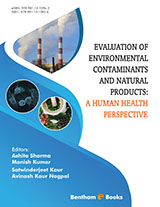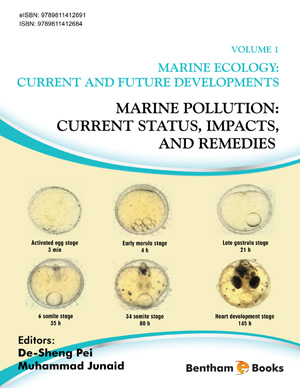Abstract
In recent years, sources, types and levels of contaminants in the marine environment have increased as a consequence of anthropogenic activities worldwide. Chemical substances are usually present in the marine environment at different concentrations. They are accumulated in the tissues of marine organisms exerting damaging effects at different levels of organization, from organisms to communities and ecosystems. The understanding of their effects and distribution has increased substantially since the early reports on the biological effects of marine pollution and associated monitoring problems. This Chapter has been divided into five main sections: (i) molecular, cellular and tissue level biomarkers in assessing effects, reviewing the use of biomarkers in monitoring effects; (ii) biological effects at organism and population level; (iii) bioassay studies at organism level, focusing on ecotoxicology and discussing toxicity estimation and bioassay limitations; (iv) ecological effects at community level, including structural parameters, such as richness, diversity, etc., but also the proportion of opportunistic and sensitive species, discussing the multiple pressure interactions; and (v) measuring pollutant effects in integrative assessments, both in evaluating risk and assessing the ecological status of the ecosystems. The main objective of the Chapter is to bring together the knowledge on the biological effects of pollution, developed in recent years, at different biological levels of organization.









